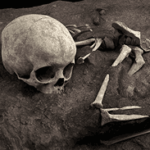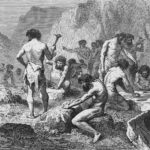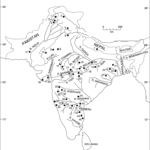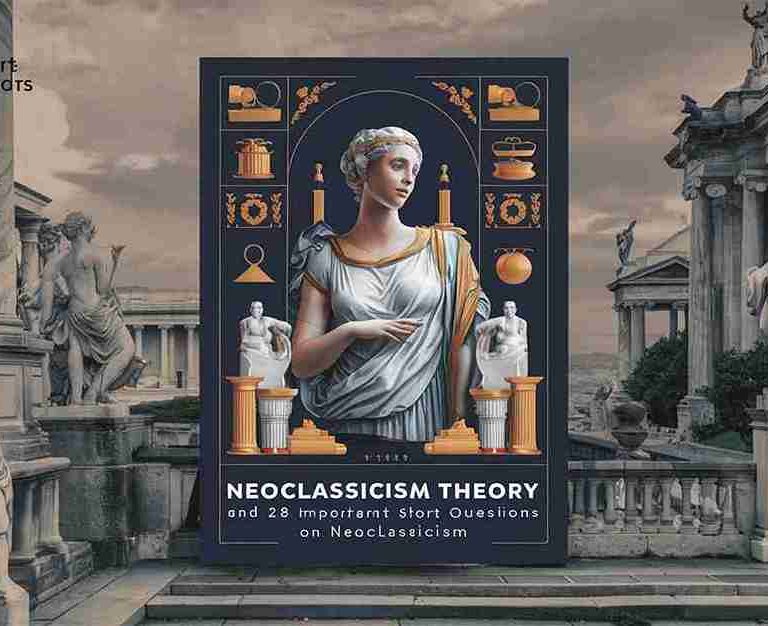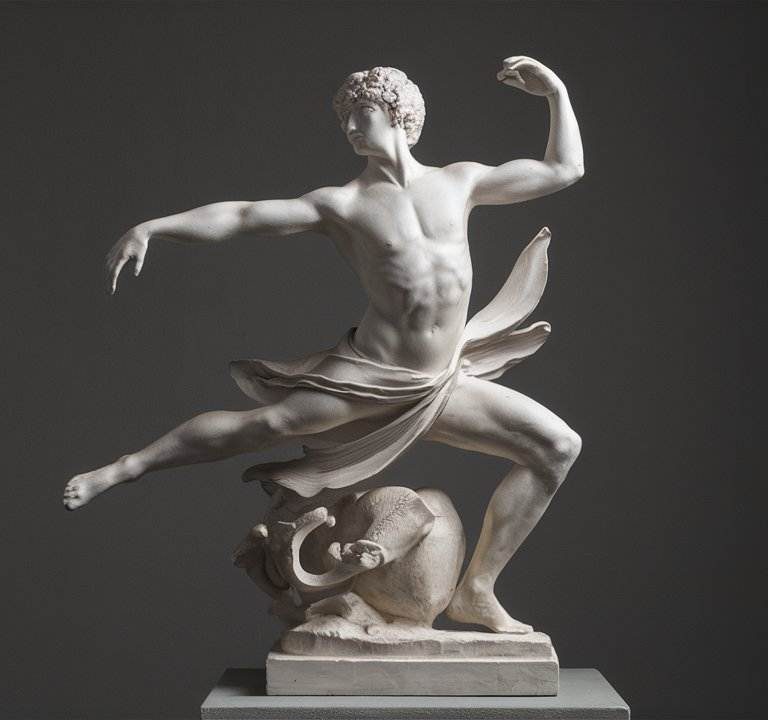Who is Christopher Marlowe? (1564-1593)
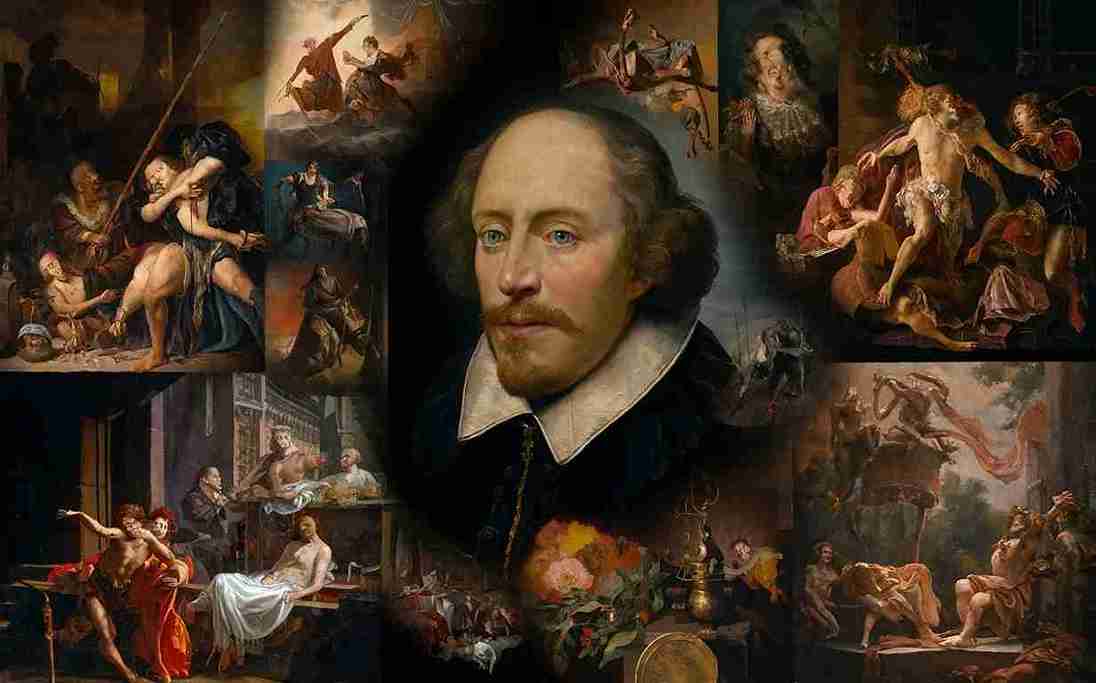
Christopher Marlowe
Christopher Marlowe – Life+works+Historical Perspective of Drama before Christopher Marlowe
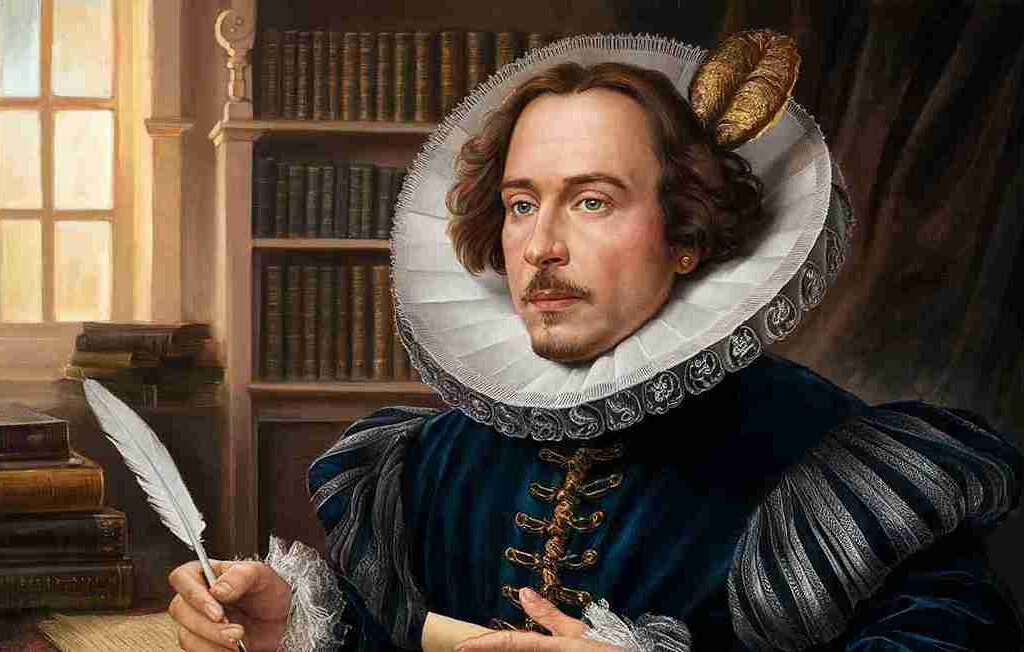
(A) LIFE OF CHRISTOPHER MARLOWE (1564-1593)
Table of Contents
Christopher Marlowe who was the son of a shoemaker, was born in Canterbury less than three months before the birth of Shakespeare. He was educated at Kings’ School, Canterbury, and Corpus Christi College, Cambridge, where he acquired heterodox views on religion. After going down from Cambridge, he became a secret-service agent of some kind, and travelled abroad in this capacity. He settled in London in 1586, and soon joined the Lord Admiral’s Company of Players.
His career as a dramatist must have begun soon after his career as an actor. On the 30th May, 1593, he was stabbed in an inn at Deptford by a shady secret-service agent by the name of Frizer and died at the age of twenty-nine years and three months.
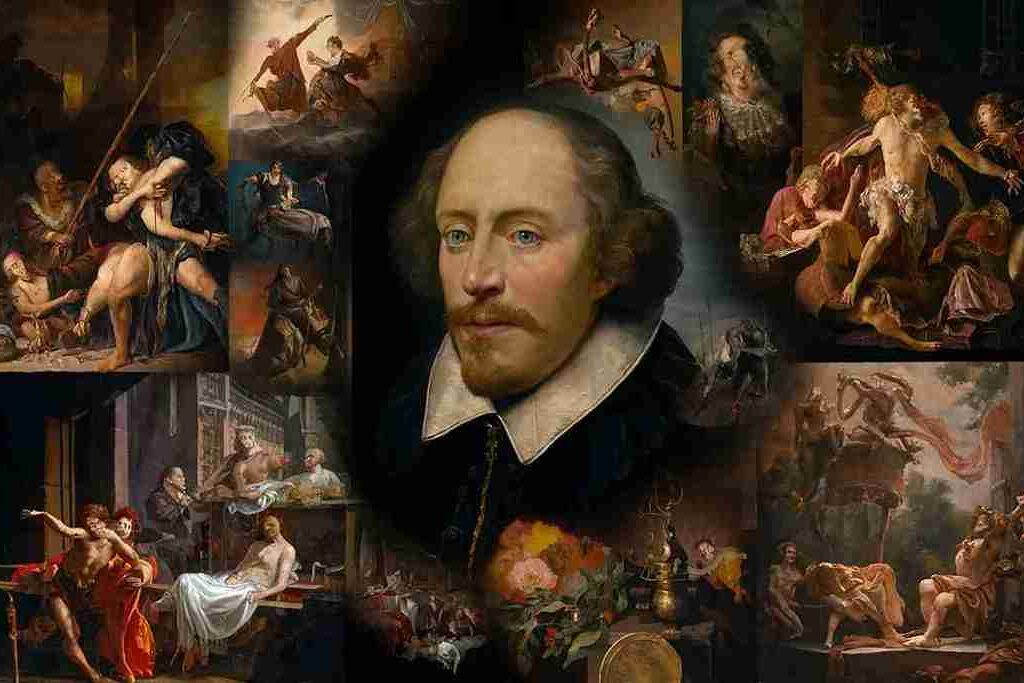
NORMAN CONQUEST & RELIGIOUS LITERATURE MIDDLE ENGLISH PERIOD (1100-1500)
(B) WORKS OF CHRISTOPHER MARLOWE
Dramatic Activity of Six Brief Years
The period of Christopher Marlowe’s dramatic activity comprises six brief years, from 1587 to 1593. Yet during those six years he wrote six splendid plays-all reflecting his essential spirit and nature, all full of passion, poetry. Each drama centres round some overmastering passion-wild, intemperate passion that grows and develops till it destroys itself.
The lust for empire, the lust for lucre, the lust or knowledge and the lust for beauty-these form the background as well as the mainspring of each play. In all these, Christopher Marlowe reveals himself as ‘the greatest discoverer, the most daring and inspired pioneer, in all our poetic literature’, as the writer of genuine tragedy and genuine blank verse, as one who prepared the path and made the way for the advent of Shakespeare.
In all these are evident qualities of terror and splendour, intensity of purpose and sublimity of note, imaginative daring and lyrical magnificence. In all these is illustrated his individualistic conception of tragedy, the classical Greek conception modified by the Renaissance spirit, the conception which portrays “the struggle between the overweening soul, typically Renaissance in its insatiable ambition, and the limitations which it seeks to overcome.” The following are the important works of Christopher Marlowe:
1) “Tamburlaine”
It was Christopher Marlowe’s first powerful trumpet-blast. The general chorus of warm welcome which greeted the play on its first presentation on the stage in 1587 encouraged Marlowe to ‘pen his Second Part.’ The very subject matter and style of Tamburlaine sounded a new and striking note compelling public attention and admiration. The very opening lines of the play contain what may be described as Christopher Marlowe’s dramatic manifesto:
From jigging veins of rhyming mother wits,
And such conceits as clownage keeps in pay,
We’ll lead you to the stately tent of war,
Where you shall hear the Scythian Tamburlaine,
Threatening the world with high astounding terms,
And scourging kingdoms with his conquering sword
Tamburlaine is the story of a Scythian shepherd who dreams of world conquest and achieves his aspiration magnificently. As a drama it has many drawbacks-the plot is weak and loosely knit; the scheme seems to be inartistic, nay, absurd; the effects are grim and bloody. Yet who can refrain from appraising the play as a first-rate one, taking into account its attractive exaggeration of thought and expression, its burning passages of eloquent poetry, its glare and horror, its vehemence and intoxication, its titanic truculence and luminous colouring?
In the forefront of all these, and towering high above them all stands the high-tempered hero, full of indomitable strength and passionate speech. Tamburlaine is the symbol of invincible human will, the embodiment of a fearless vision, filled with fretting and fuming aspirations and with the rapturous glory of which ‘youthful poets dream on summer eves by haunted stream.’ In Tamburlaine is enshrined and illustrated-
Man’s desire and valiance that range,
All circumstance and come to port unspent.
‘Still climbing after knowledge’ infinite-Tamburlaine bestrides the world like a medieval Napoleon. In tune with the Titanic strides and triumphs of this superman are the Indian hunter who thunders-1 throw my mind across the chasm and my house follows’, and also the Scythian horses which sweep wide spaces of uncivilized splendour with their swift and sparkling movement. On the whole, Tamburlaine is ‘the most resplendent’ of Christopher Marlowe’s plays in which the morning stars of his poetry sing together.
2. “The Tragical History of Doctor Faustus”
The Tragical History of Doctor Faustus which followed in the wake of Tamburlaine is acclaimed by all as Christopher Marlowe’s best play in which the leaven of fertile poetry and fearless imagination works wonders. The story is that of Faustus, a scholar who sells his soul to the devil in his eagerness for the acquisition of universal knowledge. Faustus is as insatiable and mighty as Tamburlaine. If Tamburlaine thunders-
I hold the Fates bound fast in iron chains,
Faustus declares with vibrant passion-
And with my hand turn Fortune’s wheel about,
And sooner shall the sun fall from his sphere
That Tamburlaine be slain or overcome;
All things that move between the quiet poles,
————————————————————————————
Shall be at my command: emperors and kings,
Are but obeyed in their several provinces,
Nor can they raise the wind or rend the clouds:
A sound magician is a mighty God.
Out of the dry bones of the old German legend Christopher Marlowe has fashioned a work of art, a noble drama of a scholar’s soul in the grip of intense agony. It is a play of vast conflict, fearful failure, intense feeling, stirring emotion; it is a play whose central idea is that of loss; a play in which sin is presented with its inescapable reward; a matchless spiritual tragedy in which the mighty protagonist is man and the mysterious powers that surround him; a play whose symbolism has an irresistible appeal.
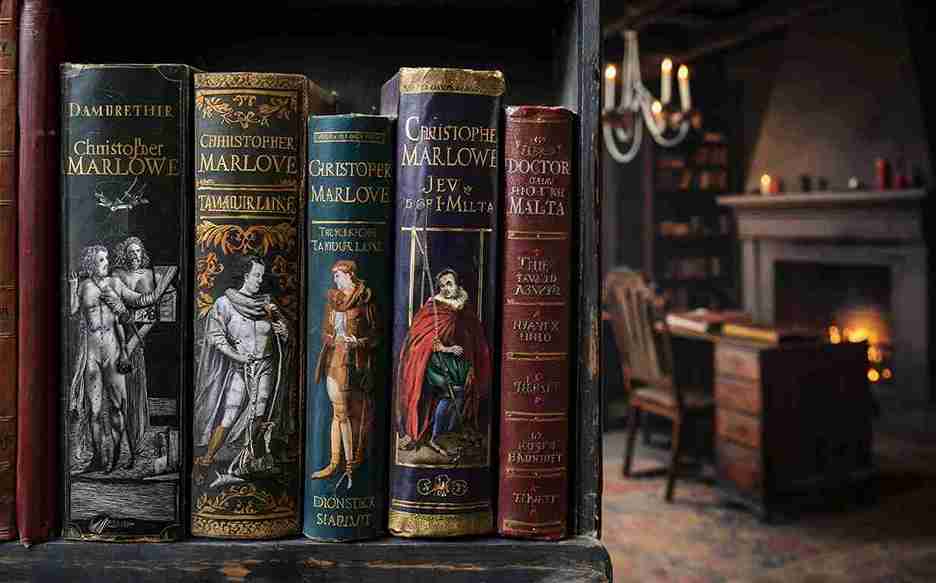
3) “The Jew of Malta”
This proved to be, in its own day, the most popular of Christopher Marlowe’s plays. Barabas, the Mediterranean money-lender, with his avaricious dreams of wealth, fore-shadows Shakespeare’s Shylock. Dedicated to the spirit of Machiavelli, the play opens a new phase in Christopher Marlowe’s work. It is a picture of “the Elizabethan world of ‘policy’ in which men were unscrupulous, bold, implacable, cruel in power and sometimes heroic in defeat.” Less passionate and less lyrical than Tamburlnine and Faustus, The Jew of Malta is, however, stronger and more bitter than its two illustrious predecessors.
4) “The Massacre of Paris”
It is generally regarded as Christopher Marlowe’s crudest work. As in other plays so in this, there are brave and beautiful phrases, emotional and impassioned lines, memorable and magnificent speeches, and grand and glorious tragic touches. But the material is weakly managed and the characters are poorly drawn. Indeed, the impression left by this play is that there is not much of Christopher Marlowe’s hand in it.
5) “Edward II”
It is an undisputed masterpiece of Christopher Marlowe in which he touches “his highest point of excellence.” It is a great historical and political play anticipating Shakespeare’s Richard II. There is here none of the beauty and pathos of the earlier plays, none of their splendour and poetry. The whole is subdued, the style is restrained and temperate, and the characters are boldly and clearly drawn. The plot is controlled and well adapted, and the treatment of the characters and the details of description exhibit a growing maturity in the art of Christopher Marlowe.
Splendid instances of deepening gloom and swelling pathos are there as in the dungeon scene at Berkeley Castle and in the abdication scene. And the play touches our imagination and thrills our emotion in the same way as do the great tragedies of Shakespeare. With something Greek about it as far as the stern presentment of human misery and anguish is concerned, Edward II is an artistic play that moves us by its very simplicity and humanity. It is Christopher Marlowe’s ripest play and lasting legacy.
6) “Dido Queen of Carthage”
Dido Queen of Carthage for which Christopher Marlowe borrowed material from Virgil’s “Aeneid” was left unfinished. It was Nashe who completed and arranged it for the stage. What part was done by Christopher Marlowe and how much of the play belongs to Nashe is a point not satisfactorily explained. But it is evident that Marlovian touches are there surely. The play differs from all its predecessors in that it does not paint or portray any lust. The hapless love-tale of the great Carthagenian Queen is treated poetically and dramatically.
This is the only play of Christopher Marlowe which has love as its theme and woman as its central figure. Christopher Marlowe’s fondness for rich imagery and colourful description is present in plenty. His ships have golden cordage, crystal anchors and ivory oars. Dido has silver arms and tears of pearl. Even the common soldiers wear rich embroidered coats and have silver whistles to control the winds. It is thus that Christopher Marlowe reveals his passion for describing the beautiful, his delight in luxurian outward and visible loveliness. Who can miss the ravishing beauty of the lines where Dido expresses her thirsty love for Aeneas-
I’ll make me bracelets of his golden hair,
His glistering eyes shall be my looking-glass;
His lips an altar,
where I’ll offer up As many kisses as the sea hath sand;
Instead of music I will hear him speak;
His looks shall be my only library.
(C) THE HISTORICAL PERSPECTIVE OF DRAMA BEFORE CHRISTOPHER MARLOWE
The Greek Drama
In order to fully grasp the rise and content of the English drama, we must peer into the dim past and retrace our steps to the early days of ancient Greece. The beginnings of drama in general get lost in the ‘mimes’ or crude performances of the Dorian Greeks in honour of Dionysus, the God of Wine, whose name stood for carousal, revelry and merriment. The addition of dialogue to the dumb mimicry marked an important stage, but it required yet the infusion of action into the dialogue to complete the transformation.
This crude drama of the Greeks was a commentary upon the lives and manners, not of human beings, but of the pantheon of gods and other mythological persons: it dealt with things of heaven, not with the problems of mundane existence. But its tone and treatment were generally comic. It was this farcical element that led, by devious and zig-zag paths, to the rise of the famous Athenian Comedy.
The supernatural theme made room for the human. The ludicrous representation of the heavenly life which they combined to produce an essentially secular mind, but the religious elements were not altogether done away with. The drama, we may say, was brought down from the heavenly heights to suit the earthly needs.
In the days of Aristotle, the Greek drama almost completed its process of growth and received some final touches at the hands of this master-mind. It gathered all those attributes which constitute its distinctive marks. Two characteristics distinguished it mainly, the Chorus and the Unities. The Chorus was a band of singers and dancers who played in concert and sang odes to the God of Wine, and sometimes followed up the music with a lively dialogue.
This dialogue came to supplant in the long run, the musical part of the performance. “The lack of scenery and of stage effect was made up for by descriptions and explanations sung by the Chorus and the limitations imposed by the three unities were met in a similar manner. The Chorus served to give a break and relief in the gloomy and often tragic monotony of the Greek drama. The Shakespearean devices of relieving tragedy by a comic element would not have been admissible.”
The Chorus was as old as the drama itself, but the rules of the Unities began with Aristotle. He observed that good plays must conform to these rules and must observe the three Unities of Time, Place and Action-
- (i) The Unity of Time. The duration of the action or story must not exceed 24 hours.
- (ii) The Unity of Place. The incidents of the drama must be represented in an unbroken link: the scene should be invariable and should not be so located that the dramatis personae are unable to visit it in the time allotted for the duration of the play.
- (iii) The Unity of Action. The main interest or plot of the story should be uninterrupted and its course should not be deflected by side-issues and minor plots or incidents. The unity of action must be smooth and straight; all characters and scenes must directly contribute to it.
In addition to the ‘Unities’, Aristotle touched upon the form of the drama and divided it into five parts:-
- (i) The Exposition. This constitutes the opening of the play; the characters are introduced to the audience and are portrayed in their respective situations which gradually work up to the dramatic action.
- (ii) The Rising Action i.e., the development of the dramatic situation from the incidents in the Exposition and the gradual rise of the pitch in the dramatic plot.
- (iii) The Crisis or Climax. This is the highest pitch in the drama, the turning point in the plot. It represents the effect of the incidents which have already taken their rise in the Exposition and have passed through the second stage. It marks the culmination of the dramatic action and is followed by a lowering of the tone in the play.
- (iv) The Descending or Falling Action, in which the action is toned down to a lower pitch.
- (v) The Denouement or Catastrophe or Solution, where the various forces in the dramatic action converge towards the solution of the plot.
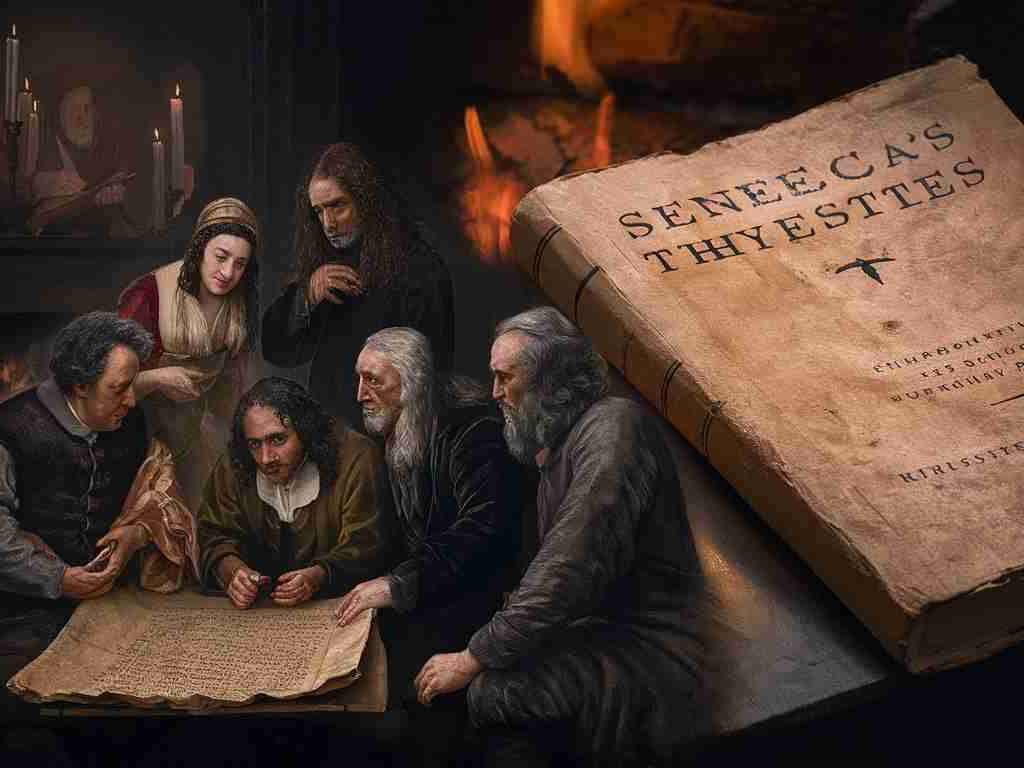
The Drama and the Christian Church
The Jongleurs. In its days of decadence, the art of drama fell into the hands of wandering minstrels called Jongleur who travelled from place to place and visited the courts of kings as well as the village greens. Their art consisted in a crude representation of the life and manners of that age, but it did not achieve a height of excellence. It was akin to the rude mimicry and farce of the Indian Bhands.
In the 9th century A.D. or there abouts, the dramatic stage shifted from the village green to the altar of the church. The churchmen saw in the stage an effective means of the propagation of Christianity and succeeded in substituting a religious theme for the secular art of the Jongleurs. Certain striking episodes in the life of Jesus Christ were cast into a dramatic form-his Birth, Crucifixion, Resurrection and many others and these were represented on the stage on appropriate occasions. The drama thus became the handmaid of Christianity.
The Altar and the Stage
There was another swing of the pendulum. The church could not keep up the vigour of the art which the Jongleurs had exhibited and there was a return to the village green. The Churchmen tried their best to suppress this secular tendency. The village green or the market square now became the scene of the simple plays, mainly based on Biblical themes, and called the Miracle and Mystery plays.
The Elizabethan drama is usually considered to be a development of these. “Miracles” and “Mysteries,” and it is more than probable that Shakespeare witnessed the performance of some of these. The Creation of the world, the Fall of Man, the Deluge, the Birth of Christ, and Resurrection were some of the commonest themes of these ‘Miracles.’
The Didactic Drama: “Moralities” or Allegorical Plays
The next stage in the growth of the drama was the change from the religious to the didactic theme. The latter half of the 14th century witnessed a strong wave of allegorical influence throughout Europe, and the dramatic art could not but put on the colour and catch the tone of the times. A new type of drama the Allegorical Plays or the Moralities came into being. Characters in these plays were not human beings, but abstract qualities like Vice, Virtue, Avarice, Pride, Ignorance, Love, Mercy, Justice, Life, Death etc.
The object of the Moralities was wholly didactic: the eternal warfare of evil and good, the struggle of Truth against Falsehood and a dramatic representation of the interaction of human misery and happiness formed the theme of these plays. The Moralities had a happy innovation in the shape of comic element. Satan was represented as a low jocular buffoon who kept the audience in a ‘fit of mirth.’ The introduction of the seeds of Comedy and the new romantic treatment of the theme were a happy relief to the otherwise serious monotony and dryness of the Moralities. (The Cradle of Security, Hit the Nail on the Head, Second Shepherd’s Play were some of the famous Moralities).
The Morality play was a distinct improvement upon the Miracle play. The Miracle Play was purely religious in character while the Morality Play was chiefly concerned with human nature. The latter dealt with morals and the eternal conflict between the forces of good and evil and with the misery that emanates from vice. The theme of the Miracle Play was superhuman, while that of the Moralities was mainly human and earthly. The Miracle play left no room for originality; its subject-matter was borrowed from the Bible; the rough- and-ready incidents from the Old Testament supplied abundant material so that the dramatic genius of inventing new plots and sub- plots could not be brought to play.
The Moralities, on the other hand, gave free rein to the fertile imagination of the playwright. He could invent a new scheme as well as draw upon the old sources. The addition of the comic element proved the way for the Elizabethan comedy, and provided a short spell of mirth and sunshine in the dull and irksome monotony of the Miracles. The Miracle Play, however, had one advantage over the Morality in that the characters who figured in the Miracle Play had distinct individualities, whereas the Morality dealt with abstractions, the personification of abstract qualities.
Interludes and Comedies (Secular Drama)
The importance of the comic element in the Moralities has been emphasised above. It was at first employed to relieve the dreary monotony of the play, but soon it outgrew its function and expanded into a regular dramatic composition. This comic element, or the Interlude as it was often called was the mother of the later Elizabethan comedy. The Interludes were short lively pieces, with characters mostly drawn from real life, though these characters still represented types rather than individuals. But they formed a happy transition from the bare abstractions of the Moralities to the clear-cut individualistic characterisation of the Shakespearean play.
The Interludes gave an impetus to the growth of regular drama. They emphasised the element of diversion just for its own sake and offered a contrast to the religious motive of the Miracle plays or the didactic of the Moralities. The range of subjects grew; the life and manners of the contemporary age came to be reflected truthfully. “Moreover there was now arising the feeling of the need for division on the classical model into regular acts and scenes, and with the Interludes now claiming independent existence, a rough and ready division may be made of Tragedy, Comedy, and plays which are a mixture of both.”
English Drama and the Renaissance
At this time, Europe was animated by a new spirit and fresh ideals. The wonderful Renaissance Movement kicked the slumbering continent into energy. The Muses bore the torch of new knowledge to all parts of Europe. This Revival of Learning brought in its train a passionate zeal for the classical literature of Greece and Rome. It had its influence on the English stage too.
The “Miracles”, “Mysteries” and the “Moralities” were driven out by a new type of drama which took its rise in Oxford and Cambridge and derived its inspiration from Greece and Rome. English dramas came to be written on the classical model; of these all, Gorboduc was the most striking example. It was based on the tragedies of the illustrious Seneca and it contained all the traits of the Greek drama-the Chorus, the three Unities and the division of the dramatic action into five parts. Many plays belong to this period of infancy of the English stage e.g.
- (i) Ralph Roister Doister, a comedy written by Nicholas Udall in 1550-51, but actually published in 1566.
- (ii) Gorboduc or Ferrex and Porrex (1562), tragedy.
- (iii) Damon and Pythias, (1564) a tragi-comedy by Richard Edwards, based upon the classical mythology.
The Renaissance, combined with the Reformation, tended to produce the Romantic drama. To this drama, therefore, we should now turn.
The Romantic Drama of the Renaissance or the Elizabethan Age
The Romantic drama was a product of the Elizabethan age. The English dramatists, after a few experiments on the classical model, drama was followed in two ways: (a) a dignified form and (b) a luxuriant expression. The treatment of the English drama grew to be romantic rather than classical. The three unities of time, place and action were not observed, so that an English play of this period could cover an indefinite period of time, the action could “move from place to place” and subsidiary plots by-plots could exist side by side or with the main plot. Thus in King Lear, Othello and some other plays we notice sub-plots running along with the main thread of the story.
A word about Shakespeare’s immediate predecessors. Of these the following names deserve special mention:-
- Robert Greene
- Kyd
- George Peele
- John Lyly
- Christopher Marlowe
John Lyly was noted for his polished and sweet prose, a facile expression, and happy similes and witticisms. Shakespeare drew upon his plays to a very large extent. What Lyly did for prose, Peele did for verse: his verse is balanced and hence tends to be rather monotonous. While Lyly and Peele succeeded in providing the infant romantic drama with a happy form and expression, Greene portrayed human passion and action in a masterly style and introduced a romantic spirit into the English comedy. ‘Over his poetry breathes the fresh air of the English meadows.’ Christopher Marlowe’s contribution was still greater.
“His genius was essentially of a tragic cast; from his veins the life-blood of passion had flowed into the drama of England and forthwith it lost its timidity and was conscious of strange new force and fire; in his tragedies were first heard upon a public stage, that measure which is the express voice in our poetry of dramatic feeling-the blank verse.”
Christopher Marlowe’s art was thus a prelude to the sonorous music of Shakespeare-a music now gushing and roaring like the tumultuous waves of mighty deeps, and now flowing, drooping like the whispering ripples of a moonlit and the tinkling of distant bells at the dead of night. To Shakespeare, therefore, we now turn for “this still sad music of humanity.”
The Praise of Christopher Marlowe among the University Wits
Christopher Marlowe, though the youngest of the University Wits and the earliest to die, except for Robert Greene, was the most important among them in the world of drama; he is still regarded as the mighty and wonderful dramatic genius who gave to the English tragic drama a permanent direction and life. He collaborated with some of his fellows and most probably was associated with Shakespeare.
“It has been suggested from internal evidence that he was the part-author of Shakespeare’s Titus Andronicus. He perhaps also wrote parts of Henry VI, which Shakespeare revised and completed, and of Edward III.” Be that as it may, the four plays, all tragedies, that make Christopher Marlowe foremost among the predecessors of Shakespeare are Tamburlaine, Part I and II, The Jew of Malta, Doctor Faustus, and Edward II.
About the Author
Sisir Mondal
Administrator
My name is SISIR MONDAL, I complete my graduate from University of Kalyani , West Bengal, India . I am like to build WordPress website and also developing this type of website . If you want your website , you can contact me trough email. thanks to visit this site.
